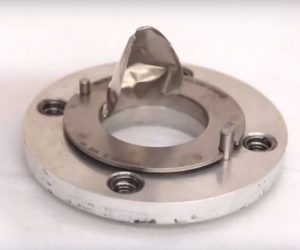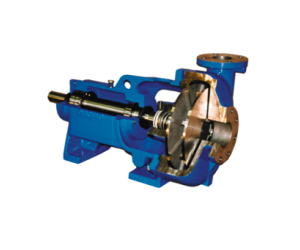Bursting Disc (Rupture Disc) Handling and Installation
One of the most common causes of a rupture disc (bursting disc) failing pre-maturely is caused by the incorrect installation or incorrect handling of the rupture disc. ESI have seen this many times and we offer training for operators/technicians on the correct methods of installation and handling to avoid these issues. A simple mistake can cause the rupture disc to fail resulting in downtime, lost product and potentially high costs.
Provided the Installation, operating and maintenance manual (IOM) and correct handling procedures are followed, these potential early failures can be avoided.
CDC Rupture Discs are precision instruments that must be handled with care, especially during installation, to ensure the rupture discs burst within their correct range.
 The Safety Damage Ratio on the Sanitrx-HPX sanitary rupture disc, for example, is 1:1, meaning if the disc is damaged in any way, the rupture disc will burst at or below (never above) the stamped burst pressure. Once a ruptured disc has been installed, if it has to be removed for any reason (inspection for example), the disc must be discarded and not re-installed.
The Safety Damage Ratio on the Sanitrx-HPX sanitary rupture disc, for example, is 1:1, meaning if the disc is damaged in any way, the rupture disc will burst at or below (never above) the stamped burst pressure. Once a ruptured disc has been installed, if it has to be removed for any reason (inspection for example), the disc must be discarded and not re-installed.
Please see our video showing you an example of mishandling and see how the disc fails at a much lower pressure than the stamped burst pressure. Incorrect installation will cause the same results.
Correct installation procedures for a Bursting Disc
Correct installation procedures are found on CDC’s website here, and also every rupture disc in its original box from the factory will have a hard copy of the IOM.
Non-sanitary discs that use holders will have a specific torque value for each size of holder and flange rating. Also, the bolts on the flange have a specific pattern to be torqued down, and at certain increments. So for example, the first stage would be to torque the flange bolts down 25% of the total torque value, in a specific pattern (the IOM will show you the numbered bolts). Incorrect torque values may not seal the bursting disc against the holder causing a leak. Also, unevenly torqued bolts will cause the disc to become damaged by too much force being applied to one side.

